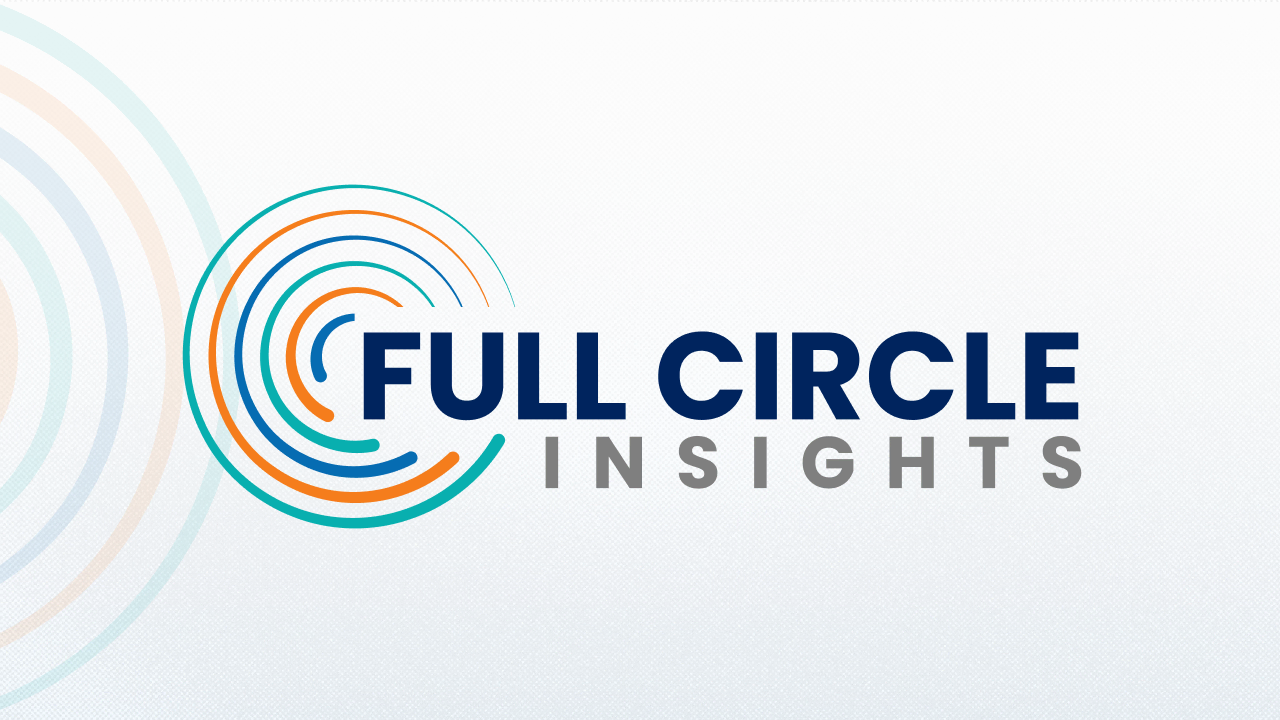What Sales Aligned ABM Really Looks Like: Funnels, Scoring, and Velocity That Drive Revenue


In theory, ABM is supposed to bring Sales and Marketing together, right?
But in practice? It often creates more silos. Especially when your funnel, scoring model, and campaign data aren’t visible in Salesforce. That’s why we’ve previously mentioned the importance of marketing sales alignment.
True ABM success doesn’t just happen with strategy. It happens with execution.
That execution only works when it’s aligned with how Sales operates and how Salesforce tracks performance.
So, are you ready to supercharge your revenue with your ABM strategy? In this blog, we’ll explore the essential elements of a truly sales-aligned ABM approach.
1. Shared Funnels: From MQA to Revenue
Sales and Marketing agree on what accounts to target and on what progress looks like.
That means defining shared funnel stages and tracking them inside Salesforce.
Example of an ABM Funnel:
- Marketing Qualified Account (MQA): A qualified account with engagement across multiple personas
- Sales Accepted Lead (SAL): Sales confirms it’s worth outreach and in the ICP
- Sales Qualified Opportunity (SQO): An opportunity is opened
- Closed-Won: Revenue is booked
Pro Tip: Use fields on the Campaign Member object and custom funnel fields to track stage transitions and timestamps. This allows you to measure funnel velocity across accounts and personas.
2. Scoring That Reflects the Buying Group (Not Just the Lead)
Most traditional lead scoring models focus on individual activity. But in ABM, it’s not about a lead, it’s about the full buying group.
That’s why you need a scoring model that considers:
- Engagement across roles (not just job titles)
- Weighted actions from campaigns (e.g., attending a demo vs. clicking an email)
- Recency and frequency of engagement
- Buying intent data, when available
By aggregating scores at the account level, you can surface the right time for Sales to act based on true buying group behavior, not just a single contact’s click.
Use case: Full Circle’s Funnel Measurement allows you to customize scoring logic using campaign member fields, so you’re not limited to marketing automation scores.
3. Measuring Funnel Velocity to Improve Sales Efficiency
Here’s a metric that too many teams ignore: funnel velocity. It’s not just how many accounts are progressing, it’s how fast.
When Sales and Marketing align around funnel velocity, you can:
- Identify stuck accounts in the MQA → SAL transition
- Optimize handoff timing
- Shorten the path from engagement to opportunity
Questions to Ask:
- How long does it take a target account to move from MQA to SQO?
- Where are we losing momentum?
- Are campaigns speeding up revenue or stalling it?
Sales-aligned ABM isn’t just about doing more, it’s about moving faster and smarter.
Bringing It All Together in Salesforce
Here’s the bottom line:
If your ABM strategy isn’t visible in Salesforce, it’s not aligned with Sales.
Real alignment happens when:
- Funnel stages are tracked through native fields
- Campaign touchpoints are attributed to opportunity influence
- Sales can see which campaigns drove engagement
- Marketing can prove that those campaigns impacted revenue
This kind of visibility leads to trust. And trust leads to better collaboration and better results.
Want to See Team-Aligned ABM in Action?
Explore how Full Circle’s ABM Performance Insights gives you a real-time view into funnel stage progression, campaign influence, and buying group engagement—all inside Salesforce.
👉 Check out ABM Performance Insights